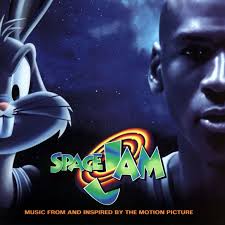Our final unit of Math and Science was Astronomy. Astronomy is the branch of science that deals with everything from celestial objects to the physics of space and time. This was an intriguing unit because we can learn so much from outer space and all the different planets and stars that encompass it.

One thing that really interested me about space was stars. More specifically, I am interested in how stars are made. Luckily this new project gave me the opportunity to explore just that.

During this project we were told that the class would split up into groups of two. Each group would then be assigned a topic for their project based on the top three topic choices.
The top choices were:
– Radioactivity and radiation in space
– Nuclear reactions in stars
– Possibility of colonizing other planets
– Evidence for the Big Bang
– Components and scale for our universe
– Telescopes and astronomical measurements
Me and my partner Ethan where assigned nuclear reactions in stars. This ended up tying into star life cycles a bit but we made sure to stay close to our main idea of nuclear reactions. We eventually created our driving question, which was: “How are stars created and sustained?”

Now it was time for reaserch. I found this part of our process to be a bit difficult. It was not as easy as I thought it would be to find the science behind how a star is both created and sustained. Luckily, Ethan and I found a national geographic video on the life cycle of stars, as well as how a star is sustained. This video was really helpful and enabled us to begin work on video.
At first me and Ethan wanted to do a sort of “Bill Nigh the Science Guy-esque experiment that would demonstrate the information me learned.

We thought this was a good idea however we discovered it actually made our project more confusing. We ended up settling on more of an Explain Everything video approach instead. This worked quite well because it was simple to understand, explained all the key points, and wasn’t too long, which meant the viewer would stay engaged.

Another interesting part of this project was the grading criteria. Instead of our teacher having pre-determined criteria, we had to make our own criteria and have it specific to our project. We did this using the math and science core competencies we had been learning about this term. We where allowed to pick four of the six core competencies (below) to base our criteria off of:
– Questioning and predicting
– Planning and conducting
– Processing and analyzing data and information
– Evaluating
– Applying and innovating
– Communicating
Here is what we picked
Here’s our project! Enjoy!
Our next task was to relate other group’s projects to our own.
The star life cycle is important in my topic of nuclear reactions in stars because these nuclear reactions both sustain stars and create them from nebulas.

Colonizing to other planets is an interesting topic as well because you would need to find a star to do so and my whole project was on how to create a star.
I also made a mind map to show my learning of all of these topics and how they relate to one another.

As you can see, everyones projects relate to one another in some way.
This project was very interesting and insightful because space is such a broad and interesting topic. In fact we haven’t even scratched the surface of knowledge we have yet to gain about the universe.